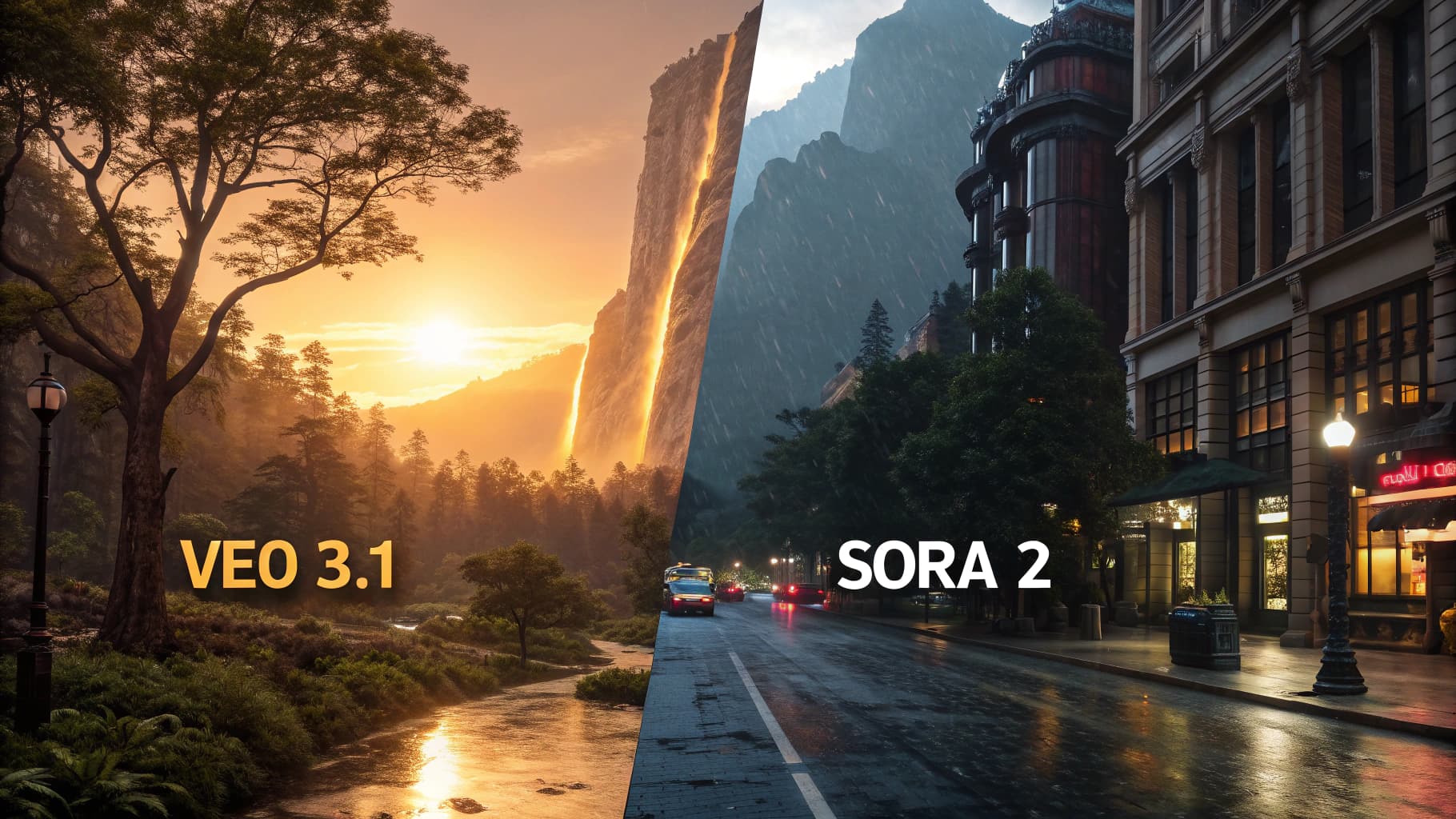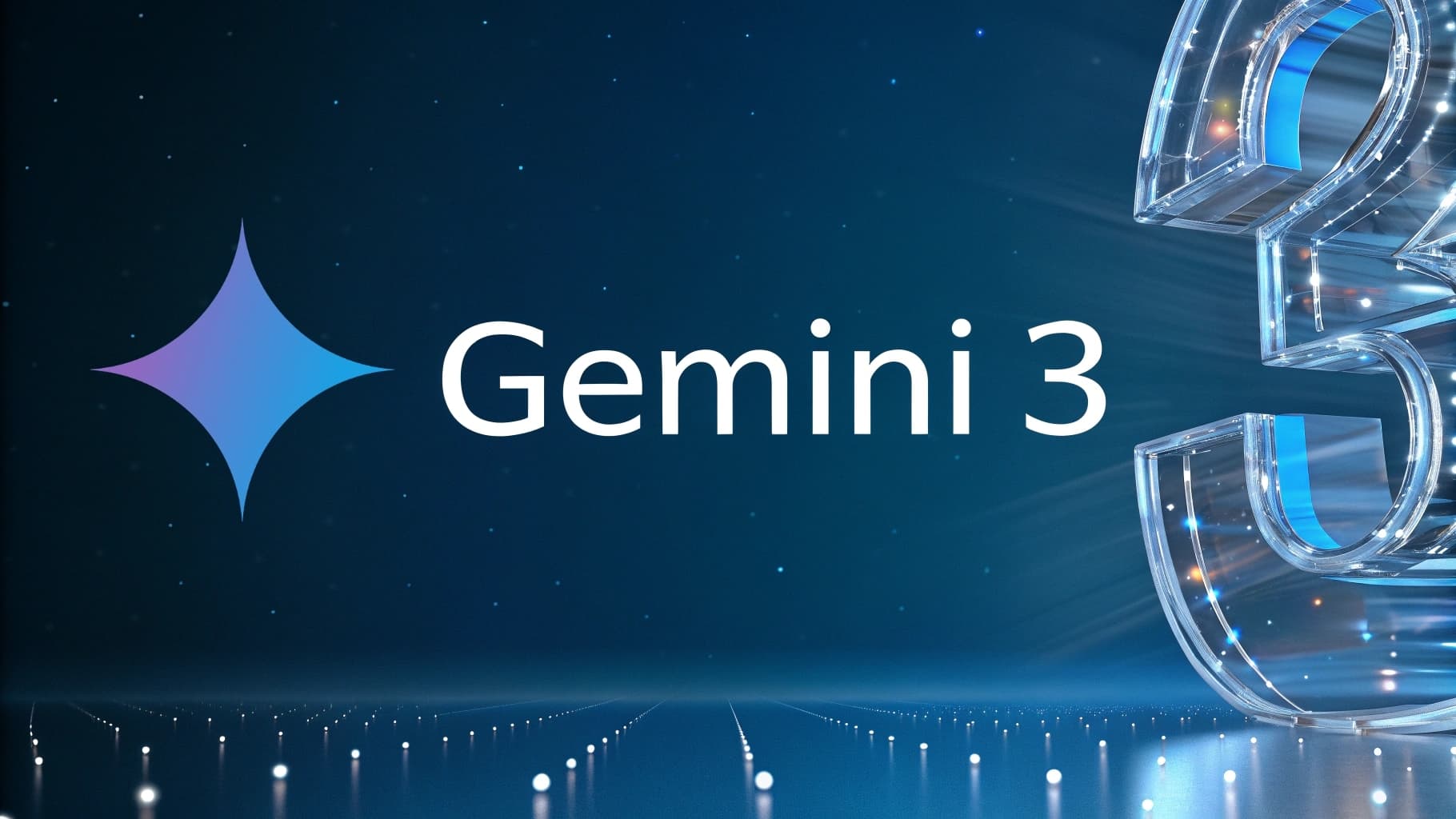
Veo 3.1 vs. Sora 2: Google’s Update Delivers Cinematic Control OpenAI Can’t Match
Google’s Veo 3.1 Update Turns the Tables: Is the AI Video Race Against Sora 2 Over?
In the fast-paced arena of artificial intelligence, Google has just made a decisive move. With the launch of the Veo 3.1 update, the competition with OpenAI’s Sora 2 is no longer just a race for realism. It has evolved into a new battleground centered on giving creators the precise, director-level controls they’ve been waiting for.
New Tools That Put the Creator in the Director’s Chair
Google has announced a suite of new capabilities in Veo 3.1 that offer users unprecedented flexibility. Instead of being locked into the initial result of a text prompt, creators can now shape, tweak, and refine their videos with precision.
According to the official release, the new update introduces several advanced tools:
Object-Level Editing: This standout feature allows you to insert or remove any element from a scene-be it a person or an object. The model automatically adjusts lighting and shadows to ensure the edit integrates seamlessly.
Scene Extension: The model can now continue an existing video clip, perfectly matching the visual style and ambient audio. This opens the door for longer, more cohesive storytelling.
Frame-to-Frame Transitions: By providing the model with two still images, it generates a cinematic transition between them, adding a professional touch to video intros and outros.
Enhanced Audio: The update isn’t just visual. It also includes significant improvements to ambient audio quality, making scenes richer and more capable of conveying the intended mood.
Head-to-Head: Where Each Model Excels
When pitting the two models against each other, their distinct strengths and weaknesses become clear. Comparative tests have shown that Sora 2 tends to produce astonishingly realistic scenes, with a clear mastery of physics and fluid dynamics. In contrast, Veo 3 demonstrates a superior ability to generate shots with a dramatic, cinematic flair, even if it sometimes lacks absolute precision in minor details.
A fundamental difference emerged in how they handle copyrighted material. Sora 2 takes a highly cautious stance, often refusing to generate videos of well-known characters or even close approximations. On the other hand, Veo 3 doesn’t impose these same restrictions, granting users more creative freedom but also sparking debate about the responsible use of the technology.
When it comes to dialogue and sound effects, the scales tip clearly in favor of Veo 3. Reports indicate that dialogue generated by Sora 2 often sounds robotic and slow, whereas Google’s model delivers far more lively and realistic conversations-a critical element for any narrative content.
The Verdict: A Tale of Two Philosophies
Ultimately, this rivalry reveals two different strategic directions. OpenAI appears to be positioning Sora 2 for social media and rapid, engaging content creation, especially with its “Cameos” feature that allows for easy integration of user photos.
In contrast, Google is positioning Veo 3, particularly after this update, as a more professional and powerful tool. It targets filmmakers, marketers, and creators who require precise control and high quality to bring their vision to life.
While Sora 2 initially captured the spotlight, Google’s Veo 3.1 update proves that the race is far from over. In fact, it may have just entered a new phase-one defined by complete creative control.




